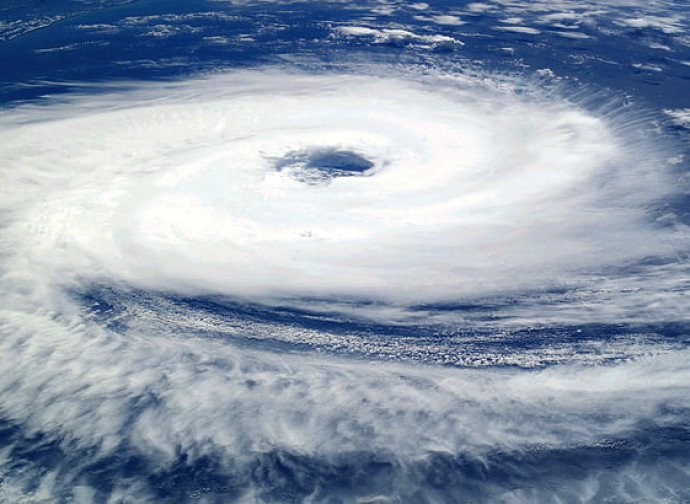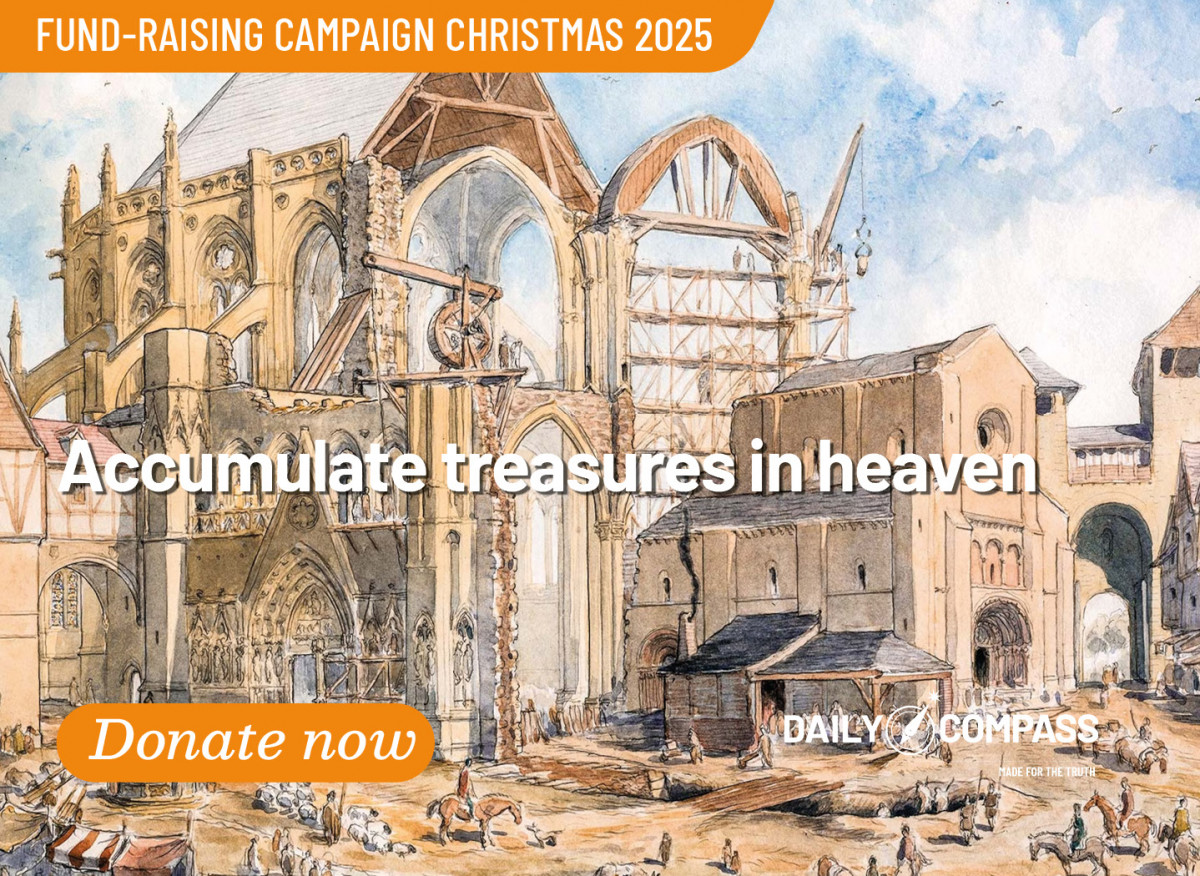Stop the doom and gloom. Never before have so few people died from climate events
There is a record kept for deaths caused by extreme climate events. However, the first half of 2025 saw a negative record: fewer people died from climate-related natural disasters than at any other time since the beginning of the millennium. But, this is the opposite of what the media keeps telling us.

In the first half of 2025, a new positive record was set for the number of deaths caused by climate and weather disasters.
Reading the mainstream media, one might think that this recent record is due to a high and growing number of deaths. Articles usually explicitly state that climate change is making weather events 'more deadly', leading to an increasing number of deaths, or convey a similar message. If you checked around thirty of these news sources over the last year, all thirty would probably have articles repeating the same narrative.
Therefore, one might be surprised by the actual record set: the first half of 2025 (January to June) saw the fewest deaths from climate and weather disasters of any first half of the century, as reported by R. Pielke.
Now let's look at the actual data on deaths caused by climate and weather disasters since 2000, focusing particularly on the first half of each year. The following statement appears in the summary of the report 'Global Catastrophe Summary for the First Half of 2025', published by insurance broker Aon: 'At least 7,700 people were killed by natural disasters in the first half of 2025, well below the 21st century average of 37,250. Most of the deaths (5,456) occurred as a result of the earthquake in Myanmar'. However, an earthquake is not a climate or weather disaster. If we remove the 5,456 deaths caused by the earthquake in Myanmar, 2,244 remain that can be classified as climate- or weather-related. How does this compare with recent years? R. Pielke consulted the EM-DAT database, which contains data on weather- and climate-related deaths for each year from 2000 to 2024. Here is the graph showing the number of deaths from January to June each year:

The small red bar on the right represents the approximately 2,200 climate/weather-related deaths as of 30 June 2025, which is clearly the lowest number in the comparable 26-year period.
The second lowest number was in 2009, with around 2,600 deaths. The number of deaths is clearly dominated by severe disasters that occurred in certain years, particularly in 2008 (Cyclone Nargis in the Indian Ocean), 2010 (the heatwave in Russia) and 2022 (the heatwave in Europe). However, with or without these years, there is no clear trend towards an increase or decrease in the number of deaths from these causes. 2025 clearly holds the record for the lowest number of deaths from climate/weather disasters in the first half of the 21st century.
But what about before that? R. Pielke does not have comparable data. However, before modern weather forecasting and disaster warnings, deaths from climate and weather disasters were generally much greater than they are today. Based on other sources, R. Pielke estimates that there were around 50 million deaths due to climate and weather disasters in the 1870s (5 million per year), 5 million in the 1920s (500,000 per year), and 500,000 in the 1970s (50,000 per year). These much higher death rates in previous decades led R. Pielke to make the following statement: 'I would even venture to suggest that it is likely that the first half of 2025 has seen the fewest deaths related to extreme weather of any half year in recorded human history’. While this statement cannot be definitively proven, it is highly likely to be correct.
The media's fear-mongering on this issue is jeopardising the sound decision-making foundations of our society and risking the creation of strategies with highly negative long-term economic and environmental impacts.




